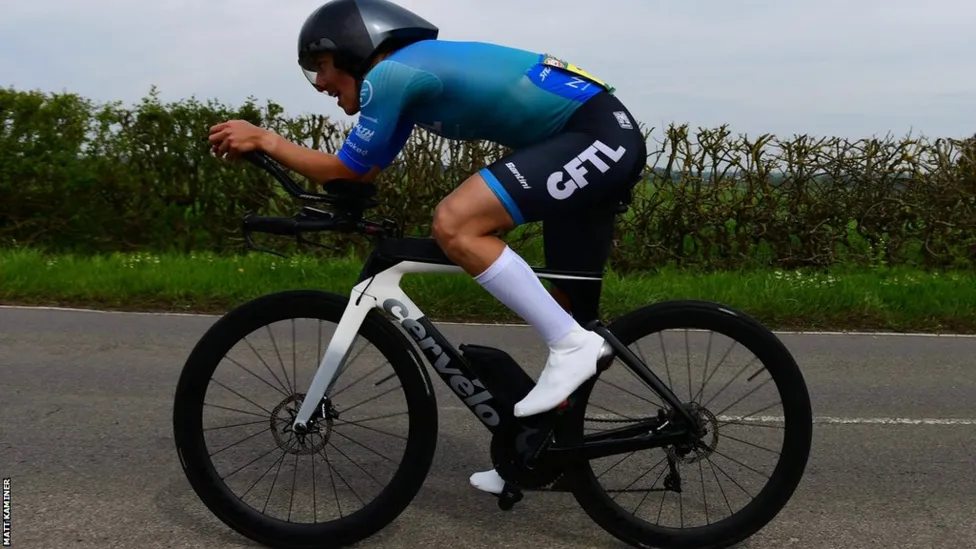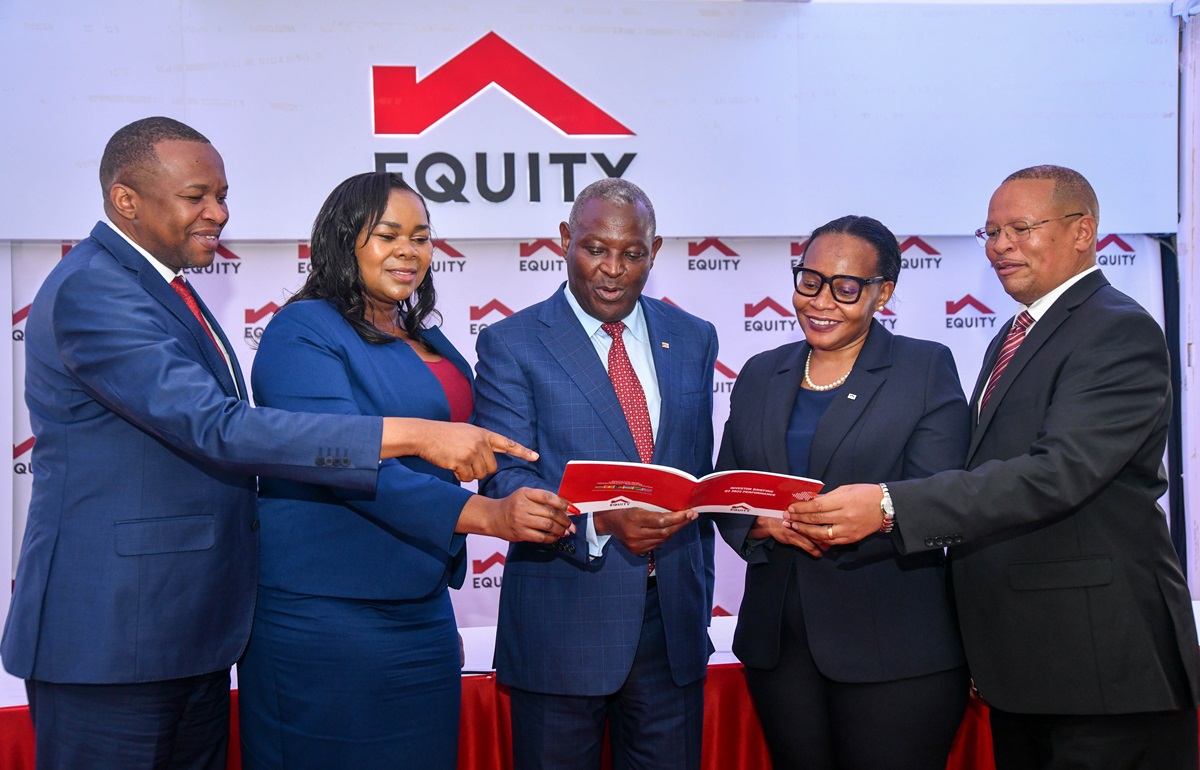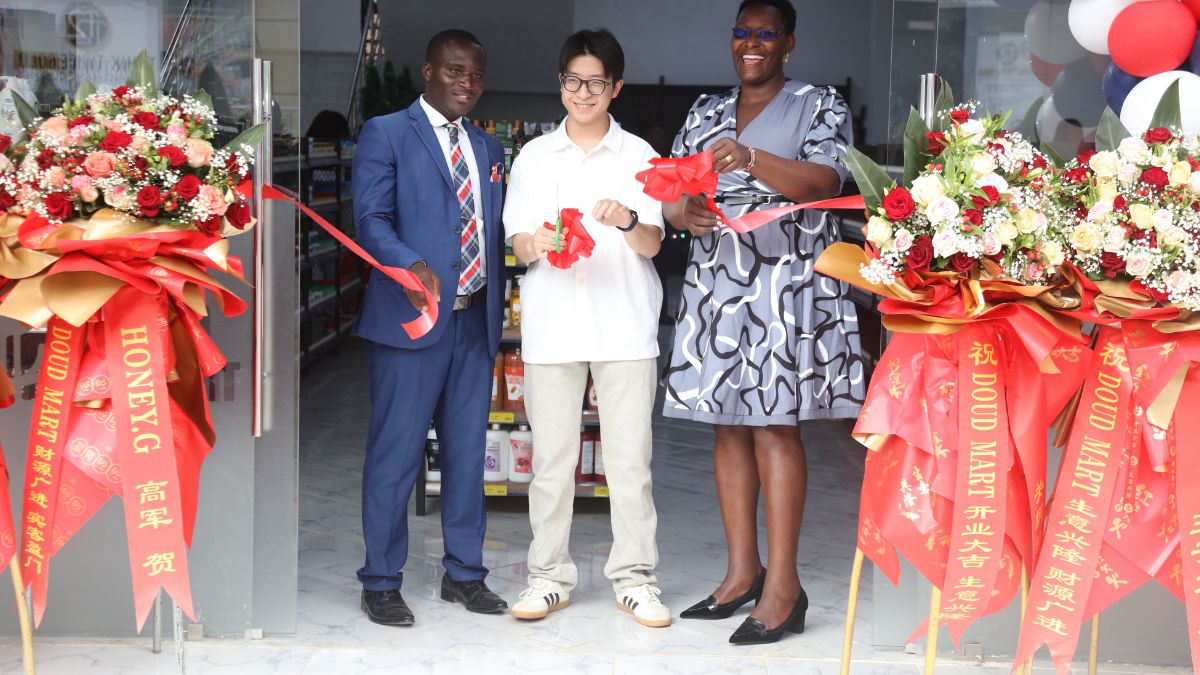Equity Group has reported a 16.9% year-on-year rise in profit after tax for the first half of 2025, reaching KES 34.6 billion. The growth, while impressive on the surface, is underpinned by a mix of margin expansion, income shifts, and emerging asset quality concerns that warrant closer scrutiny.
Equity Group’s Profitability
At the heart of the profitability boost was a 9.1% increase in net interest income, which rose to KES 59.3 billion. Interestingly, this growth came despite a marginal 0.6% decline in total interest income, suggesting that the real driver was cost efficiency.
Total interest expenses fell sharply by 18.0% to KES 25.0 billion, helping the bank widen its net interest margin (NIM) to 7.4%, up from 7.2% in the same period last year. The annualized cost of funds dropped by 94 basis points to 3.6%, outpacing the 69 basis point decline in asset yields, which settled at 11.0%.
Non-Funded Income
Earnings per share (EPS) for the period stood at KES 8.83, up from KES 7.56 in 1H24, reinforcing the bank’s strong bottom-line performance. However, the story becomes more complex when examining non-funded income, which declined by 4.4% year-on-year to KES 40.9 billion.
This was largely driven by a 21.1% drop in foreign exchange trading income and a 14.6% fall in other income. Loan-related fees also dipped by 5.9%, although other fees and commissions managed a modest 5.6% uptick. As a result, the contribution of non-funded income to total operating income fell to 40.8%, down from 44.0% a year earlier, signaling a heavier reliance on interest-based revenue.
Operating Costs
Operating income rose by 3.2% to KES 100.2 billion, but operating expenses (excluding provisions) grew faster, climbing 4.7% to KES 51.8 billion. This imbalance nudged the cost-to-income ratio up to 51.7%, a 76 basis point increase that reflects mounting pressure on operational efficiency.
Equity’s Asset Quality
More concerning, however, is the deterioration in asset quality. Gross non-performing loans (NPLs) surged by 16.2% to KES 139.4 billion, while interest in suspense ballooned by 33.9% to KES 29.4 billion.
This pushed total NPLs (net of interest in suspense) to KES 110.0 billion, representing a 12.2% year-on-year increase. Consequently, the NPL ratio rose by 120 basis points to 14.4%, raising questions about credit risk management amid a challenging macroeconomic backdrop.
Balance sheet Movement
On the balance sheet front, net loans and advances edged up by 4.3% to KES 825.1 billion, while government and investment securities declined by 17.8% to KES 540.9 billion, suggesting a strategic shift in asset allocation.
Customer deposits grew modestly by 1.6% to KES 1.3 trillion, but borrowed funds fell sharply by 34.6% to KES 67.6 billion. The loan-to-deposit ratio increased to 62.5%, while the broader ratio of loans to customer deposits and borrowed funds rose to 59.5%.
Equity Group’s Valuation and Returns
From a valuation perspective, Equity Group remains attractively priced. It trades at a trailing P/E multiple of 3.9x, slightly below the industry median of 4.1x, and a P/B multiple of 0.8x, in line with peers. Return on equity stands at a robust 19.6%, while return on assets is 2.9% – both indicators of solid profitability.












